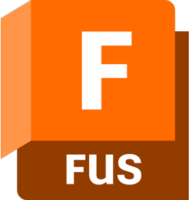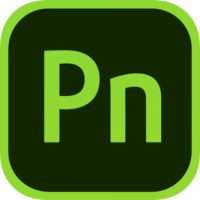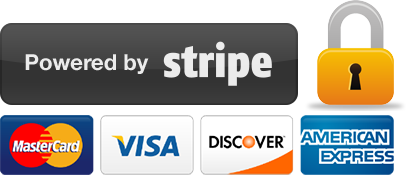Seven things to consider when developing content for a new website
If you’ve never made a website before, it can seem a little daunting figuring out how to move forwards and start the process. In this blog, Natasha Eldred from Shine PR highlights the key steps and considerations you need to take to proceed to get your branded content online.
We are all learning new lessons in 2020, and some folks are taking the opportunity to move their static shops and services fully online. For some, it makes sense as business rents, especially on the high street, can be pricey, and with the recent situation, moving goods physically has been impossible. Some yoga and fitness instructors also are discovering that they can offer an immersive service online too – the web has become our friend in these weird times of our new normal – ‘physical distancing’.
Now is the time to harness your spare time and create a website so that you can continue or launch your business online. We are here to reassure you that it is not as complicated as you think.
So, what are the steps and considerations you need to take to proceed to get your branded content online?
1. What is your mission?
What is it you do? Who is your target market? What do you need to say to them to want them to buy your goods or services? What are the benefits of what you offer your customers? Identify these areas as it will focus you to gather the really important information.
2. How many pages should your website have? What should the page titles be? How should you prepare the content accordingly?
So, separate the different products/services accordingly, for example: ‘HOME’ is a summary of what is it you are selling and why you are the best. ‘ABOUT US’ page is always a great way of clearly communicating your passion behind your mission, a little background on yourself and your team, this also offers an opportunity for the personal touch. Then look at the services you offer and segregate them into main pages, and don’t forget a ‘BLOG’ section too.
3. How do I write the text for my website, do I have to do anything differently?
There is a knack for writing for the web for sure. The best-written websites are the ones that flow naturally and do not have sporadic ‘Google Keywords” inserted unnaturally within the text. Imagine how you would want a website to flow and what information you would like to get to quickly and create your copy with that in mind. Avoid repetition and text that is too flowery and pretentious. The simple rule of thumb is to keep it simple, succinct and informative. The tone should be approachable and clear and steer clear from waffle. Remember to write relevant copy for each page or section, search engines have ingenious algorithms detecting this. If you want to learn more, check out Armada’s one-day Writing for the Web course.
4. Choose awesome and engaging imagery
Words are important but images really hook people in and can enhance the user experience and interaction on your website. Perhaps you are product-driven, and you have images of your stock, or you are experience-oriented, and you want sweeping landscapes and inspirational photographs. There are plenty of websites that offer paid-for and free stock images if you are not using your own images. Do not copy images as most are copyrighted and you could end up some hot water. Most stock imagery websites can guide you through this process easily and if you need to resize or touch up images, then Photoshop is going to really help. Armada offers an Adobe Authorised training course for Photoshop that’ll teach you how to do this.
5. How and why would I connect my website with my social media?
It may seem like you are doubling up the information, but you need to look at your website and social media as connected entities. You can share so much content via your social media channels that will direct people back to your website so people can take action – buy something from you or find out more about what it is you’re are offering. Add Facebook, Pinterest and Instagram buttons to your website and you can distribute so much more content to your target audience. Sharing is the best way to engage people to help promote and support your brand.
6. Do I need to add blogs?
Blog posts/articles are a great way of adding fresh content to your website, keeping it updated and helping search engines to recognise that you are active. Blogs are also your way to communicate your area of expertise. Articles that you write can help build confidence in your product and services and can earn you a boost to your reputation. The goal is to share your blog posts on your social media, make them relevant and informative and they will be re-shared, this helps build trust and an online community. If you’re new to blogging, check out Blog writing for business.
7. That’s it, I’m convinced but how do I build my website?
Now you have your content mapped out, you might want to look at how you can build your site. You have probably heard of ‘WordPress” as it is user friendly and has some great functionality for incorporating blogging and content management. Armada offers a superb WordPress training course for beginners, teaching you everything you need to know rto start creating a professional-standard, responsive website. You will learn how to create pages, posts, adding content and even videos! The course also will teach you how to create a site design using themes, widgets and plugins. You will learn how to optimise your website to get traffic to it as well as adding contact forms, maps and taking payments.
We hope that this helps you chart out what it is you need to do to accomplish the content for your website. There are many other areas to consider that we will cover in another blog, but these will get you started!
Natasha
















































Leave a comment